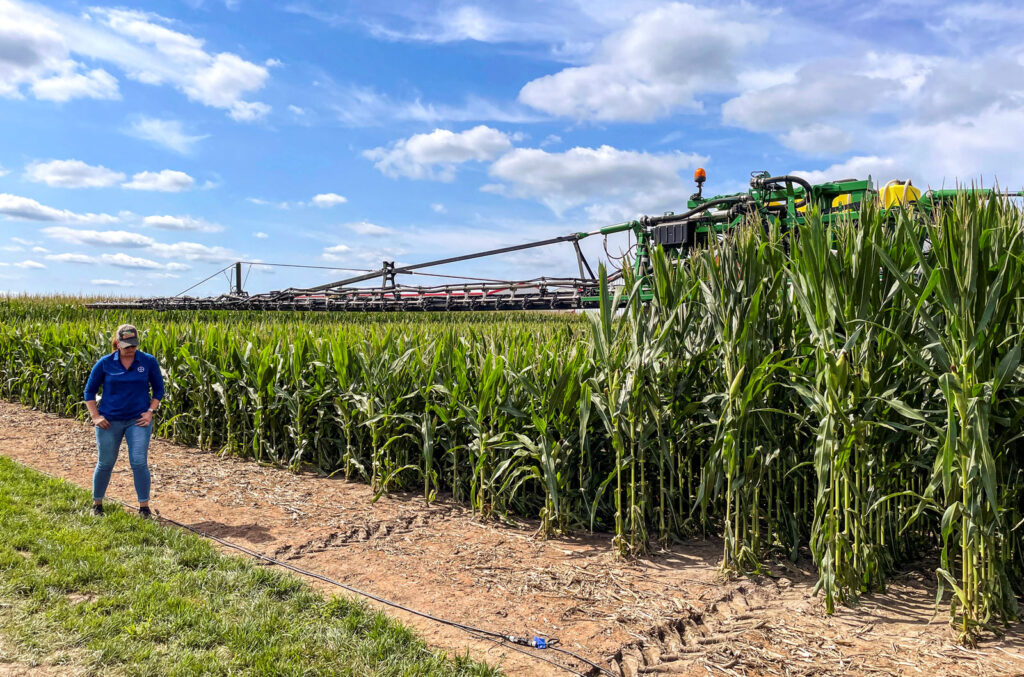How shrinking corn could help farmers—and the environment

On 10 August 2020, a record-breaking windstorm raced across Iowa, the big buckle of the U.S. Corn Belt. Gusts up to 225 kilometers per hour flattened fields and buildings, with losses totaling an estimated $12 billion across several states. “It was devastating,” says Kelly Gillespie, a crop physiologist with Bayer Crop Science, who recalls driving by ruined houses and wrecked silos. About 16% of Iowa’s corn and soybean crops were damaged or destroyed. “Corn snapped and broken for as far you could see.”
In the midst of the destruction, though, Gillespie saw glimmers of hope. When she and other researchers visited fields of experimental corn plants developed by Bayer, they saw that most of the plants had resisted the force of the storm and remained standing. The source of their strength? They were shorter.
To an interstate traveler—or anyone lost in a corn maze—the most impressive feature of corn is its stature. Modern corn can grow twice as tall as a person, but height has drawbacks, making the plants vulnerable to wind and more difficult for farmers to tend. Plant scientists think corn can be improved by making it shorter, and leading seed companies are doing that through both conventional breeding and genetic engineering. Bayer has launched a short variety in Mexico, another company is selling its versions in the United States, and more are getting involved.
Read the original article in Science.



